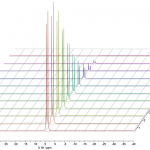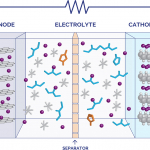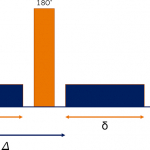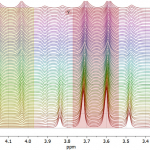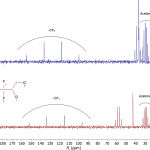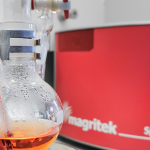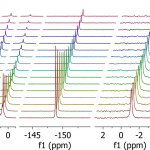Applications
Application Notes
This application report outlines practical approaches for NMR electrolyte analysis and how the measured parameters can affect performance using examples from lithium battery R&D.
Oxford InstrumentsBenchtop NMR has many potential lithium-ion battery QA/QC applications, as the well-resolved spectra of the small organic molecules and ions are ideally suited for quick, convenient analysis.
Oxford InstrumentsOne important example of the utility of benchtop NMR instruments is the ability to measure self-diffusion coefficients, which can be used to extract physical information about a sample.
Oxford InstrumentsA flow setup will be used to monitor the formation of ethyl ethanoate over time and at different temperatures. Using this data, the activation parameters will be calculated using an Eyring–Polanyi plot.
Oxford InstrumentsBenchtop NMR has many advantages over similar analytical techniques due to its high degree of chemical specificity, especially when combining information from multiple chemical nuclei. Here, it is used to identify good or bad feedstock from a single, quick measurement.
Oxford InstrumentsSpinsolve 43 MHz systems can be equipped with a unique temperature control system that allows measurement at elevated temperatures without requiring nitrogen or dry air supply.
Magritek GmbHLow-field (benchtop) NMR is sufficient to offer the possibility of a method to detect adulteration of Arabica by robusta.
Oxford InstrumentsThe spectroscopically resolved version of PGSTE makes it possible to measure the diffusion coefficient of different molecules in a mixture by measuring the diffusion attenuation of the signal of each particular chemical group of each molecular structure.
Magritek GmbHMinimal or no sample preparation and quick data generation allows the deployment of benchtop NMR in QA/QC environments without the need for operation by R&D scientists.
Oxford Instruments

